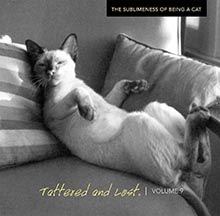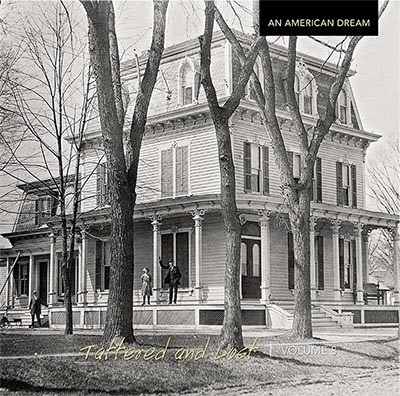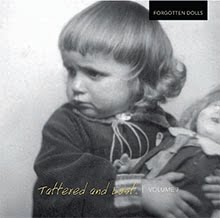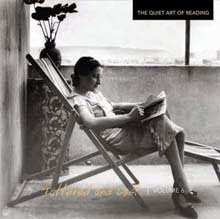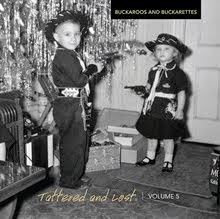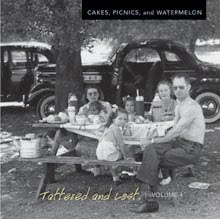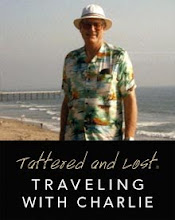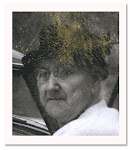If you live in a large city you probably have statues around that you barely notice anymore. And as time goes by fewer and fewer people even know the stories that go with the statues. And then they just become those places birds sit and leave their calling cards.
With
Sepia Saturday having statues as a theme this week I dove into some of the slides from the Betty Schnabel estate. I don't know if these were taken by Betty or her dad, Donald G. Schnabel.
These slides are from a European tour they went on in August of 1949. Great shots? No. They're two guys on horses then some guys on a bridge. Not exciting, but let's think back on when they were first commissioned. How excited was the sculptor? And the unveiling? Did it go well? Were there critics in the crowd calling for the head of the sculptor?
The world spins around busily changing before the eyes of the statues. They're history stuck in or out of time. Cars zoom by with the drivers barely even noticing the guys on horseback. And what of the horses? Were they generic or specific to the guy on their back? Well, none of them are Trigger so I'm not going to worry about it.
First stop, the Hague. This statue is at the Noordeinde Palace and is of
William the Silent. I'm guessing that's a pretty accurate description of ol' William. Should he start talking out in the middle of traffic there would surely be some pileups.
 Click on image to see it larger.
Click on image to see it larger.
William I, Prince of Orange (24 April 1533 – 10 July 1584), also widely known as William the Silent (Dutch: Willem de Zwijger), or more commonly known as William of Orange (Dutch: Willem van Oranje), was the main leader of the Dutch revolt against the Spanish that set off the Eighty Years' War and resulted in the formal independence of the United Provinces in 1648. He was born in the House of Nassau as Count of Nassau-Dillenburg. He became Prince of Orange in 1544 and is thereby the founder of the branch House of Orange-Nassau and the ancestor of the monarchy of the Netherlands.
A wealthy nobleman, William originally served the Habsburgs as a member of the court of Margaret of Parma, governor of the Spanish Netherlands. Unhappy with the centralisation of political power away from the local estates and with the Spanish persecution of Dutch Protestants, William joined the Dutch uprising and turned against his former masters. The most influential and politically capable of the rebels, he led the Dutch to several successes in the fight against the Spanish. Declared an outlaw by the Spanish king in 1580, he was assassinated by Balthasar Gérard (also written as "Gerardts") in Delft in 1584. (SOURCE: Wikipedia)
Next two stops are in Rome. The first is of
Giuseppe Garibaldi.
 Click on image to see it larger.
Click on image to see it larger.
The Equestrian monument dedicated to Giuseppe Garibaldi is an imposing equestrian statue placed in Rome on the highest point of the Janiculum hill. It was released by Emilio Gallori in 1895, and has been referred by the title "the Hero of the Two Worlds".
The monument consists of a bronze statue portraying the hero riding a horse, which is placed on a big marble base; on each side are engraved the allegorical figures of Europe and America and bas-relieves which commemorate the landing in Marsala, the resistance of Boiada, the defence of Rome and the group of liberty. On the steps up right the monument Ettore Ferrari had created a crown, in order to remember that Garibaldi was the first Master of Italian Freemasonry. During Fascism it was replaced by fascist symbols and a copy of it was put in place only in 1943. The monument was inaugurated on September 20, 1895 by Enrico Gallori. The placement of the monument gave rise to several politic interpretations, as it was inaugurated in the period when relationships between the Kingdom of Italy and the Holy See were still suspended. The official version declared that the Hero directs his own glance to the Vatican. After the Lateran Treaty in 1929, the statue was turned to Janiculum for want of Vatican itself. A very popular roman legend underlines that, in this way, now the horse offers its back to the Holy See. The monument has been restored by the Municipality of Rome in 1990. (SOURCE: Wikipedia)
And then there are the statues on the
Ponte Sant'Angelo leading to Hadrian's tomb. Alas, old Hadrian moved out long ago when the place was sacked in 410. The guy is blowing in the wind. Think of that the next time the doctor tells you to take a deep breath. First look around, then say, "Please, please…no Hadrian today."
 Click on image to see it larger.
Click on image to see it larger.
Ponte Sant'Angelo, once the Aelian Bridge or Pons Aelius, meaning the Bridge of Hadrian, is a Roman bridge in Rome, Italy, completed in 134 AD by Roman Emperor Hadrian, to span the Tiber, from the city center to his newly constructed mausoleum, now the towering Castel Sant'Angelo. The bridge is faced with travertine marble and spans the Tiber with three arches; it was approached by means of ramp from the river. The bridge is now solely pedestrian, and provides a photogenic vista of the Castel Sant'Angelo. It links the rioni of Ponte (which was named after the bridge itself), and Borgo.
In times past, pilgrims used this bridge to reach St Peter's Basilica, hence it was known also with the name of "bridge of Saint Peter" (pons Sancti Petri). In the seventh century, under Pope Gregory I, both the castle and the bridge took on the name Sant'Angelo, explained by a legend that an angel appeared on the roof of the castle to announce the end of the plague. During the 1450 jubilee, balustrades of the bridge yielded, due to the great crowds of the pilgrims, and many drowned in the river. In response, some houses at the head of the bridge as well as a Roman triumphal arch were pulled down in order to widen the route for pilgrims.
For centuries after the 16th century, the bridge was used to expose the bodies of the executed. In 1535, Pope Clement VII allocated the toll income of the bridge to erecting the statues of the apostles saint Peter and Saint Paul to which subsequently the four evangelists and the patriarchs were added to other representing statues Adam, Noah, Abraham, and Moses. In 1669 Pope Clement IX commissioned replacements for the aging stucco angels by Raffaello da Montelupo, commissioned by Paul III. Bernini's program, one of his last large projects, called for ten angels holding instruments of the Passion: he personally only finished the two originals of the Angels with the Superscription "I.N.R.I." and with the Crown of Thorns, but these were kept by Clement IX for his own pleasure. They are now in the church of Sant'Andrea delle Fratte, also in Rome. (SOURCE: Wikipedia)
 UPDATE:
UPDATE: I really should have put this in the post to begin with. My favorite statue when I lived in Los Angeles was
Bullwinkle Moose. Yes,
THE Bullwinkle. He stood out front of the Jay Ward studio. The first time I saw him it was love at first sight. Alas,
Bullwinkle has been removed in need of repairs. He was just one of the colorful sites on Sunset Blvd. I'll miss you Moose, just like I'll forever miss Tower Records. Let's raise a glass to Bullwinkle and his alma mater Whatsamatter U.








